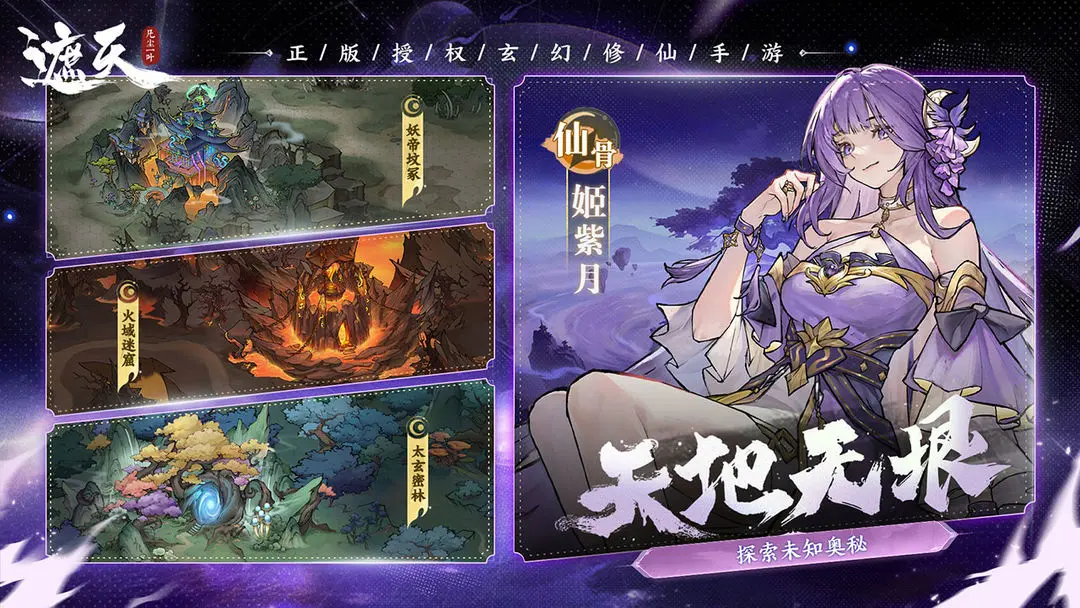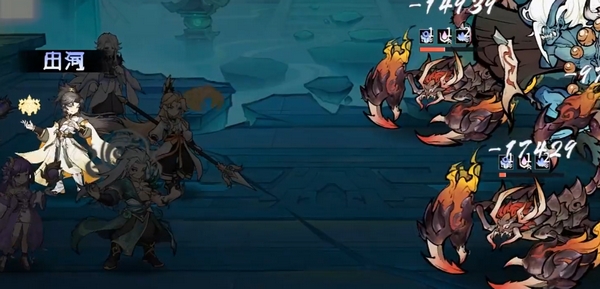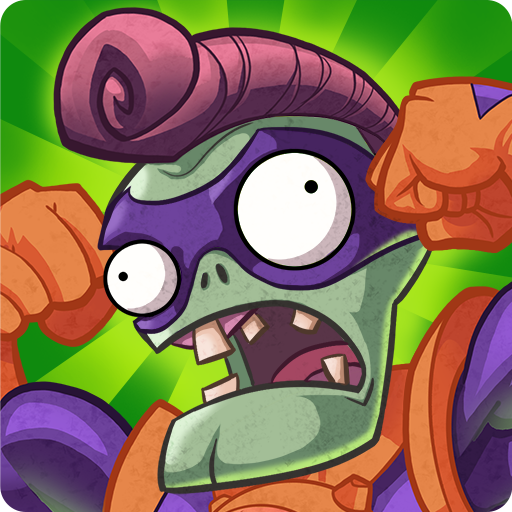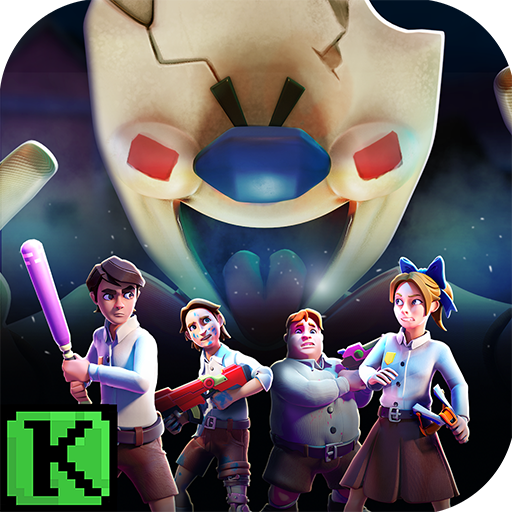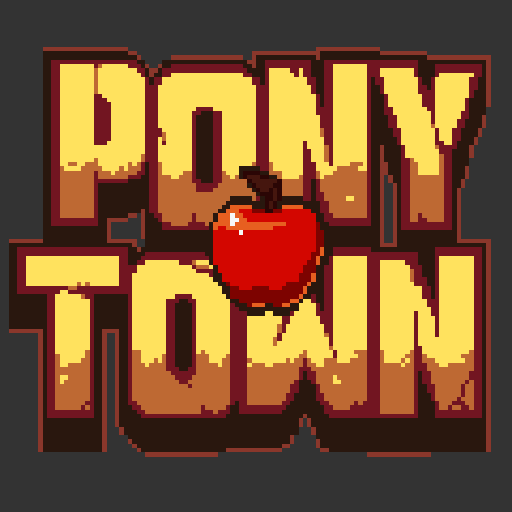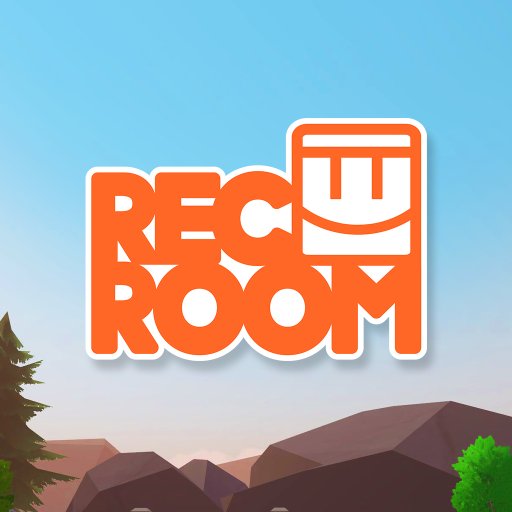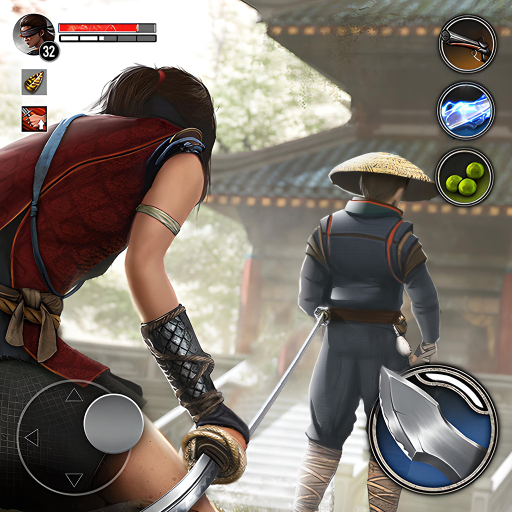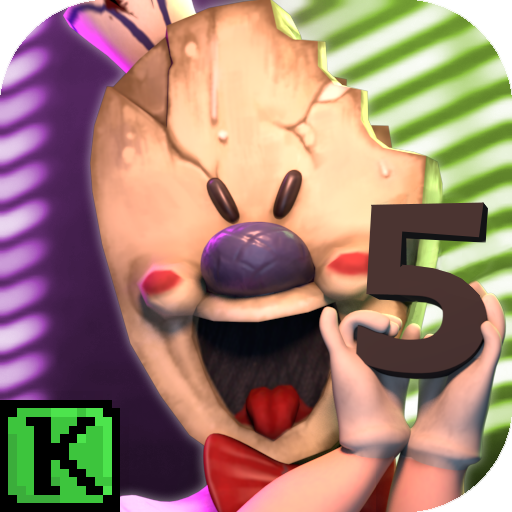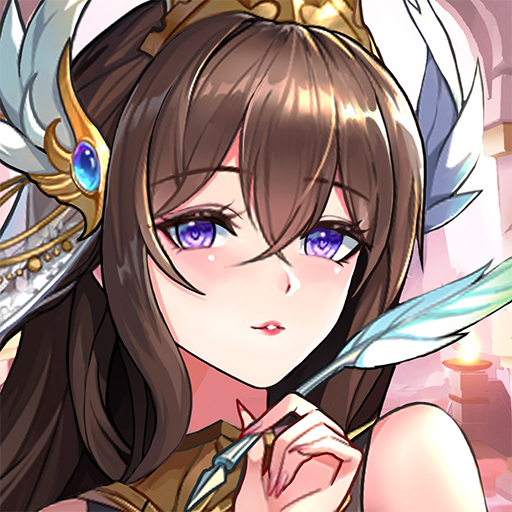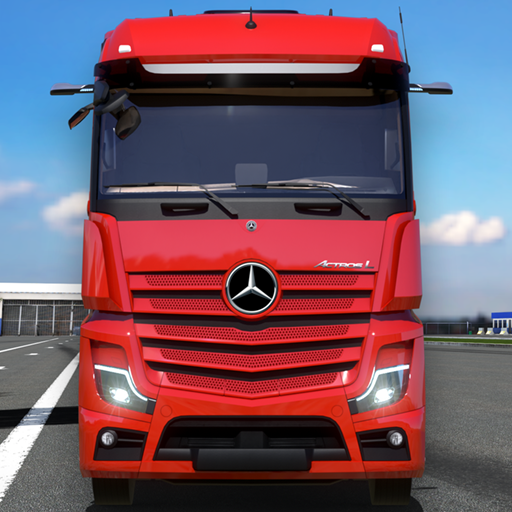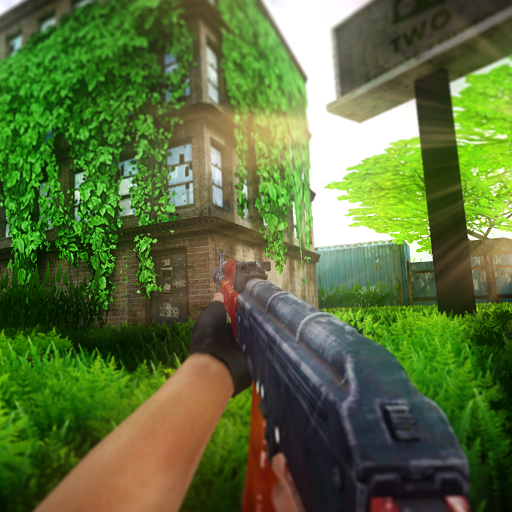Do you all still remember those unique plants that appeared in the backyard? Now, a new version of zombies is about to attack. In addition to the plants you've seen before, what new plants are there in the card-drawing version? This issue introduces all the plants in the Plants vs. Zombies card-drawing edition. In fact, most of the effects of these plants are familiar to everyone, of course, some have been slightly modified based on what you're familiar with.
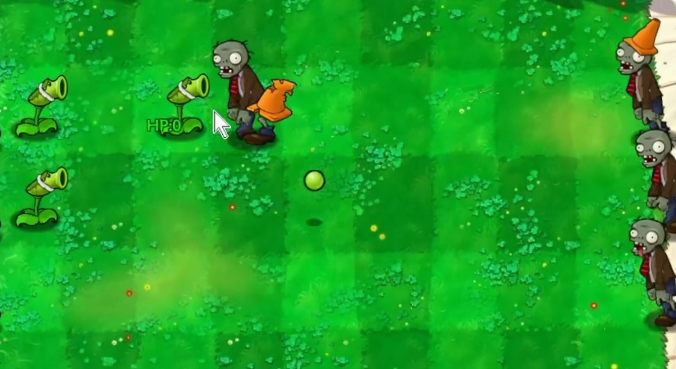
The Pea Pod costs 50 suns, has a slower attack speed, and when placed on the roof, it can fire pea bullets to attack enemies. This plant can deal damage to aerial zombies in battle, making it a very practical defensive unit for roof levels.
Squash is a unique plant with a rather special way of attacking. When attacked or triggered under specific conditions, it will jump up and ponder why it jumped, hovering in the air for about 8 seconds before landing heavily, dealing massive damage to ground enemies. This plant requires careful timing when used and is generally considered a one-time use item.
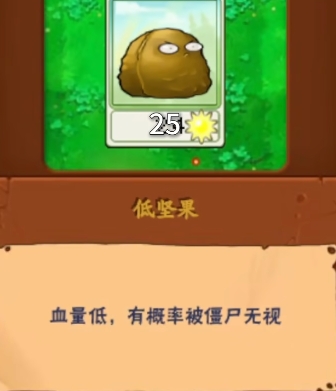
The Wall-nut costs 25 suns, has no cooldown time, and has relatively high durability. It has an interesting trait: there's a chance it will be ignored by zombies. This means that in certain situations, zombies might choose to bypass the Wall-nut to attack more valuable targets. Therefore, when using the Wall-nut, its position and surrounding environment need to be considered.
The Repeater costs 25 suns, has normal attack speed, and can simultaneously attack zombies on both upper and lower lanes. This makes it very useful when facing multi-lane attacks. The presence of the Repeater can effectively distract enemies, reducing the pressure on other defenses.
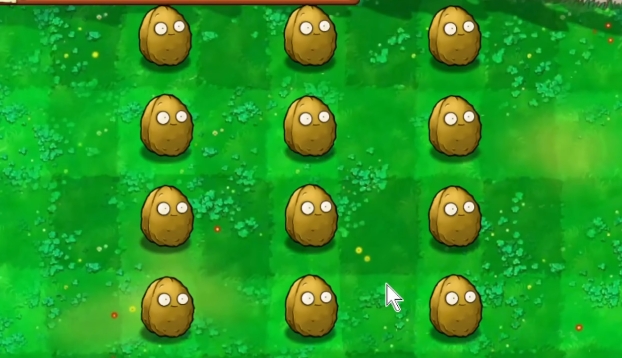
The Reverse Peashooter also costs 25 suns, has normal attack speed, and unlike the regular Peashooter, it fires peas to the left instead of to the right. This plant can be used in specific layouts, such as setting up multiple Reverse Peashooters on a narrow path.
The Reverse Gloom-shroom costs 50 suns, has an attack speed of 20*2/40 seconds, and can fire two peas to the left. This makes it very effective against dense groups of enemies. The Reverse Gloom-shroom can quickly clear large numbers of zombies, especially when they are clustered together.
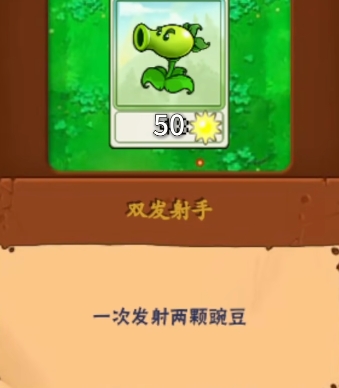
The Half-dead Pea costs 12 suns and loses 1 health point each time it fires a pea. Once its health reaches zero, it disappears. The characteristic of this plant is that it gradually loses health over time, but its attack power remains unchanged. Therefore, when using the Half-dead Pea, it's important to replenish new plants in time to maintain continuous firepower.
The Junk Imitater costs 100 suns and can randomly imitate a plant card from the junk pile. The star level of the imitated plant equals that of the Junk Imitater. Additionally, there's a chance it can imitate a Nether Card. Using the Junk Imitater involves a bit of luck.
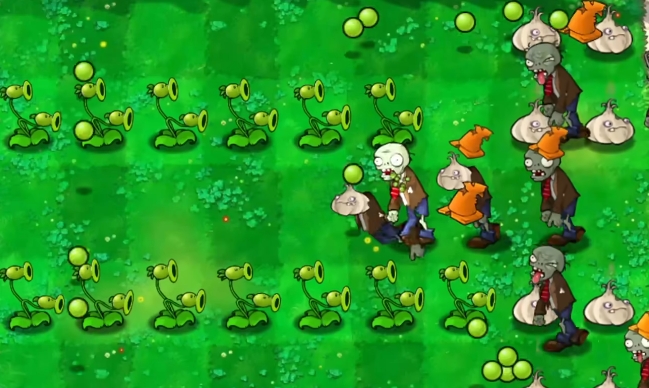
The Potato Mine has a shorter emergence time, but after emerging, it may retract and then re-emerge. The characteristic of this plant is its uncertainty. However, if the traits of the Stupid Potato Mine are used reasonably, it can explode at critical moments. However, it needs some time to mature in the early stages and is also a one-time use plant.
The Conveyor-belt Nut costs 25 suns and has a triggering effect, but zombies must first reach a designated position to trigger the teleportation. You can also use this plant to control the enemy's movement path, which can be quite useful during a zombie horde.
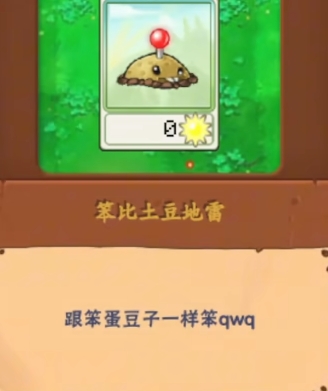
That's all for the introduction to all the plants in the Plants vs. Zombies card-drawing edition. These plants are relatively well-known to everyone, and many players have used them. If you haven't, you can check out their effects in this introduction provided by the editor.
